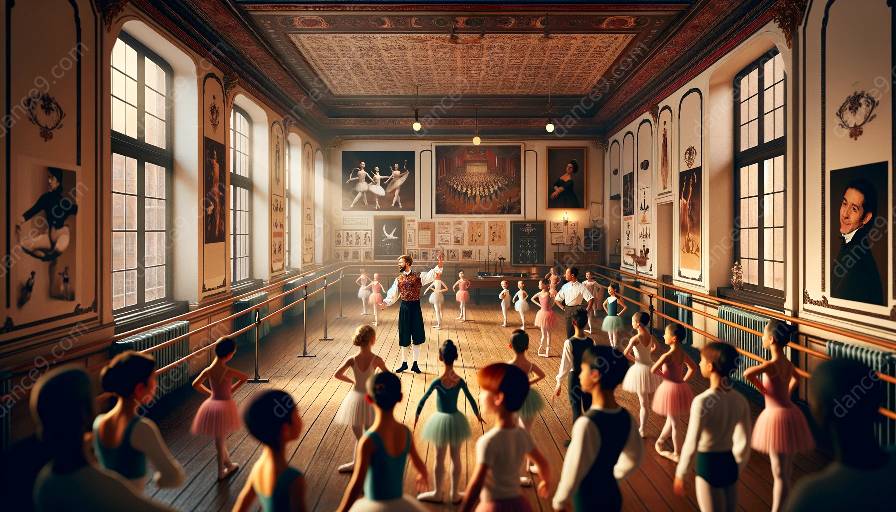Ballet, a timeless art form, is constantly evolving through the intersection of technology and innovation. This article delves into the impact of technology on pedagogy in ballet, exploring how it can enhance the learning experience while preserving the rich history and theory of classical ballet.
Pedagogy in Ballet
Firstly, it's essential to understand the traditional methods of ballet pedagogy. Historically, ballet training has predominantly relied on in-person instruction, with teachers imparting knowledge through verbal instructions and physical demonstrations. This traditional approach has been fundamental in preserving the authenticity and integrity of classical ballet.
However, as technology continues to advance, the pedagogical landscape in ballet is also undergoing transformation. The integration of technology augments traditional teaching methods, offering innovative ways to analyze and improve dancers' techniques and skills.
Impact of Technology
Technology has ushered in a new era in ballet pedagogy, presenting various tools and resources that revolutionize the way dancers are trained and educated. Video analysis and motion-capture technology, for example, provide valuable insights into dancers' movements, enabling both students and teachers to evaluate and refine techniques with greater precision. This enables students to refine and perfect their technical skills more efficiently.
Furthermore, online platforms and virtual learning environments have expanded access to ballet education, breaking down geographical barriers and allowing students from diverse locations to access high-quality instruction. This democratization of ballet pedagogy facilitates the dissemination of knowledge and ensures that aspiring dancers, regardless of their location, receive comprehensive training.
Innovative Teaching Tools
Collaborative software and applications tailored to ballet pedagogy have empowered instructors to design interactive and engaging lessons. These tools offer features such as interactive choreography visualization, enabling instructors to demonstrate and communicate complex movements effectively. Additionally, virtual reality (VR) technology has the potential to create immersive learning environments, allowing students to experience performances and historical ballet pieces in a dynamic and interactive manner.
Ballet History and Theory
Despite the infusion of technology, ballet's rich history and theory remain integral to its pedagogy. The preservation of traditional ballet techniques and the teachings of renowned choreographers and dancers are essential components of ballet education. Technology serves as a complement to this heritage, providing avenues for the documentation, preservation, and accessibility of historical ballet performances and educational materials.
In conclusion, the collaboration between technology and ballet pedagogy opens up new possibilities for both instructors and students. By embracing innovation, ballet education can evolve while upholding the timeless traditions and theories that define this exquisite art form.





























